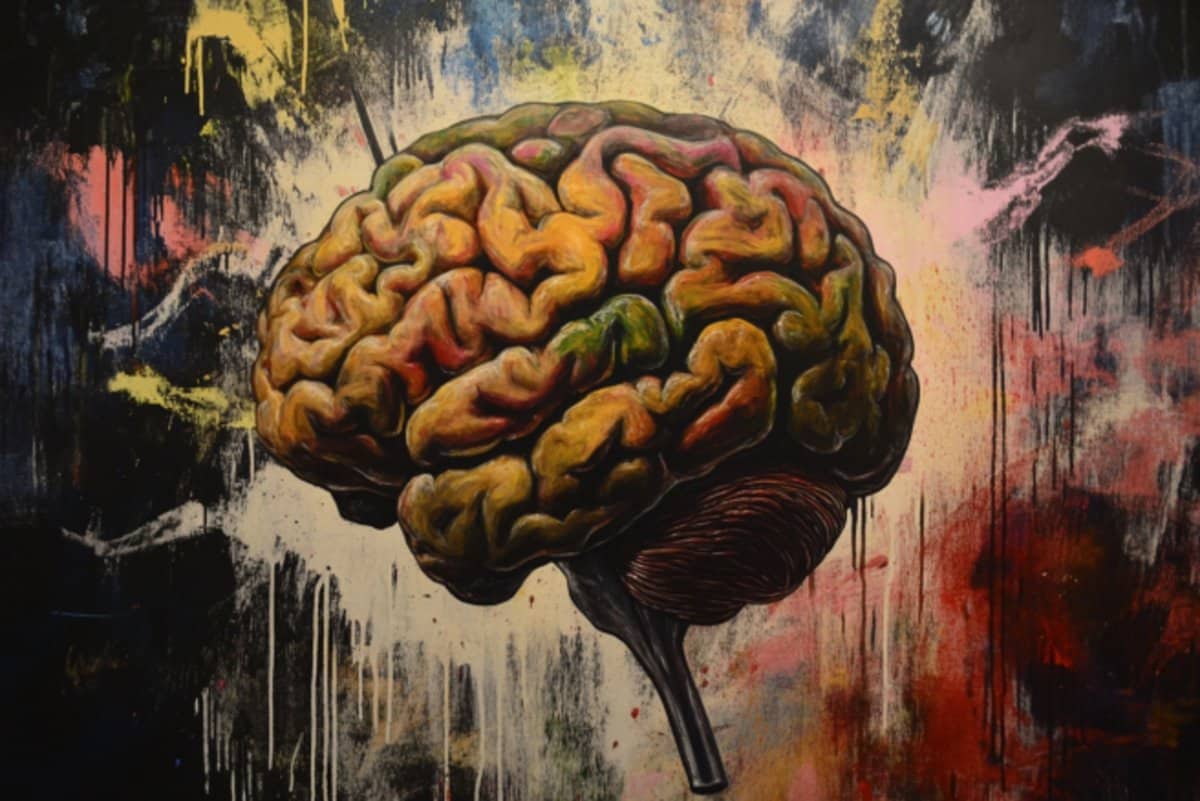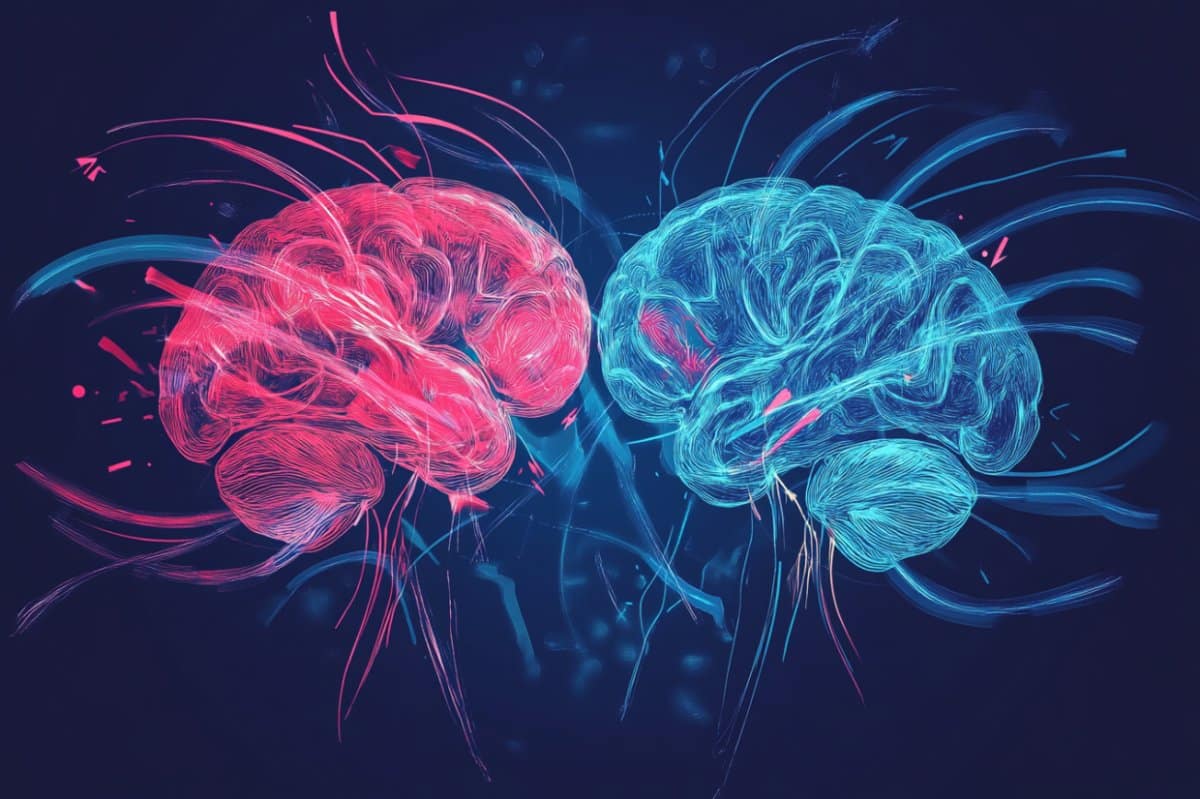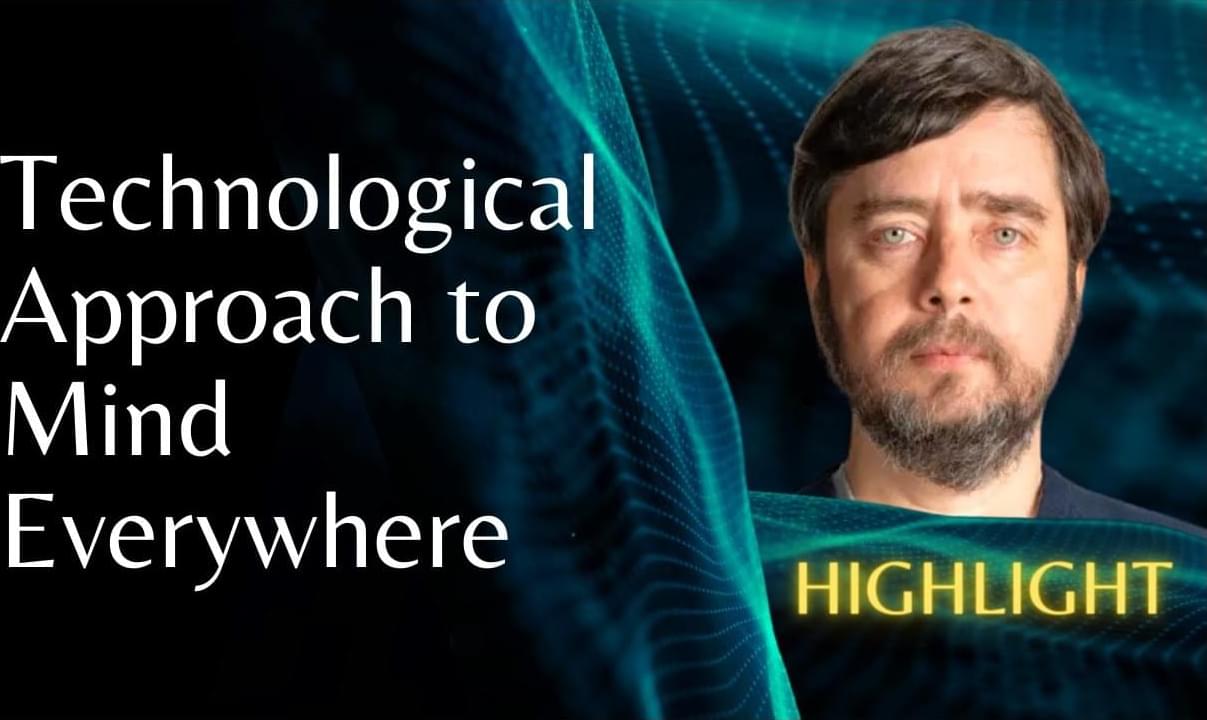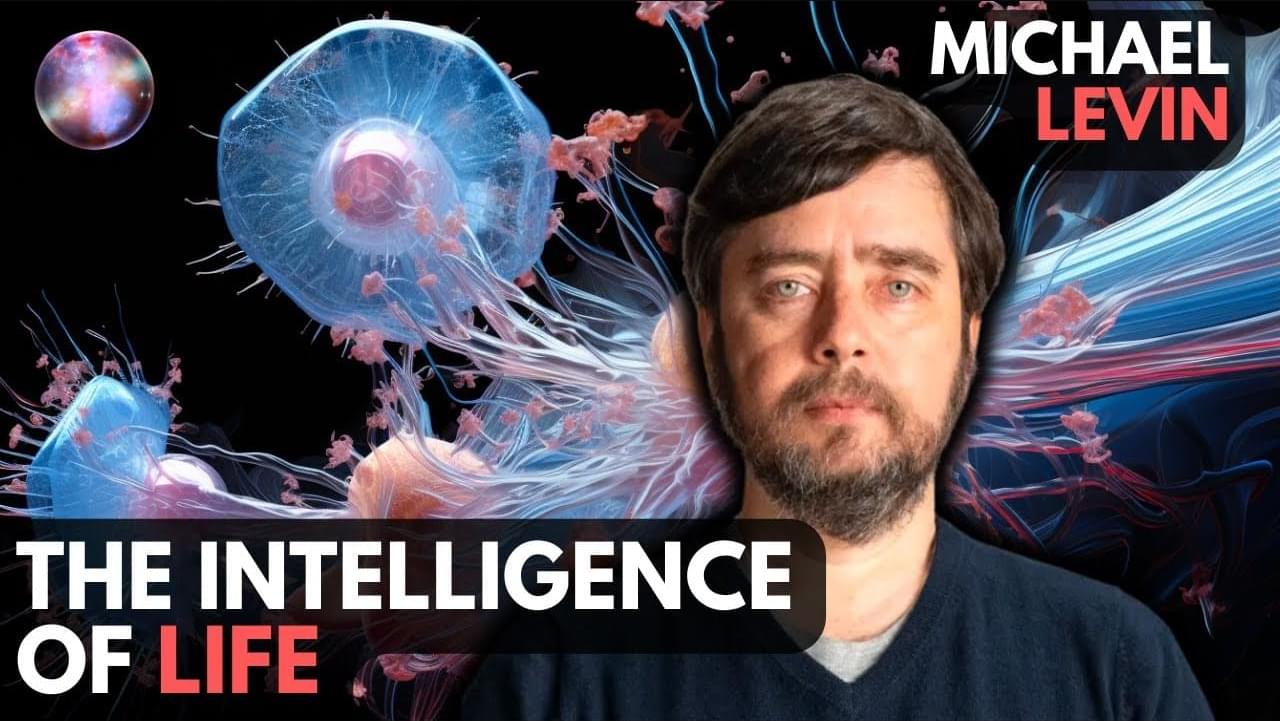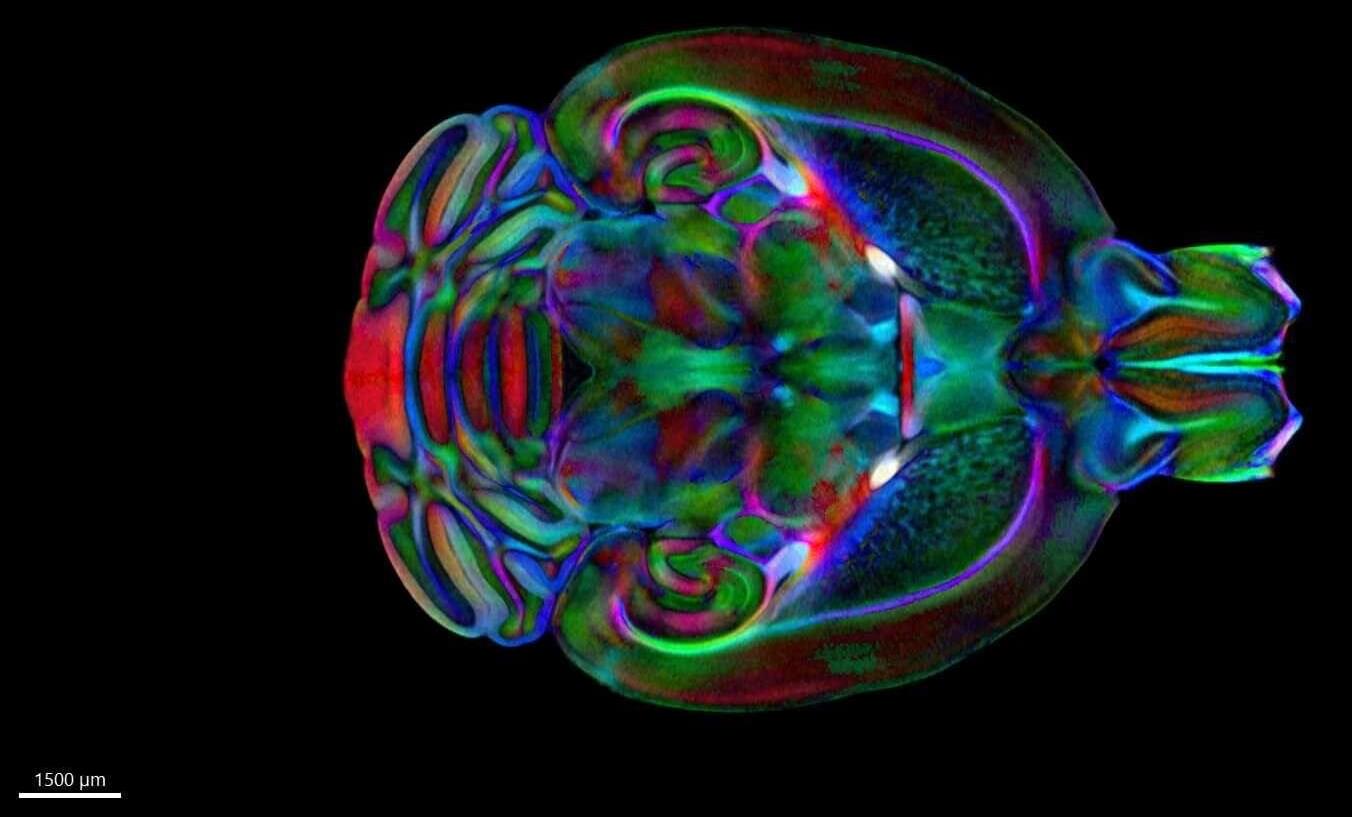Scientists at UC Berkeley have developed a new platform called “Oz” that can simultaneously control up to 1,000 photoreceptors in the eye, offering new insights into the mechanisms of human vision and the causes of vision loss. In Frank Baum’s original novel The Wonderful Wizard of Oz, the Emeral
A sound-based treatment could soon replace pills and scalpels for hard-to-treat mental health issues.
This could also have a negative impact on research since patients with PSP may be misdiagnosed with Parkinson’s disease and be included in a trial that targets the wrong protein, influencing the results.
The research that led to the PSP breakthrough has roots in an earlier study. In previous research, Martinez-Valbuena and his colleagues developed a test that could detect misfolded alpha synuclein protein in the skin in patients with Parkinson’s.
Researchers have since validated that assay and hope it can be used in clinical trials, although the test is not yet available for clinical diagnoses.
A new study found that artificial intelligence can better identify instances of physical child abuse in emergency rooms compared to traditional diagnostic coding methods.
New research shows that damage to specific regions of the medial prefrontal cortex (mPFC) increases both impulsivity and susceptibility to the impulsive behavior of others.
Extract from “Evolution, Basal Cognition and Regenerative Medicine”, kindly contributed by Michael Levin in SEMF’s 2023 Interdisciplinary Summer School (https://semf.org.es/school2023/). Full talk: • Michael Levin | Evolution, Basal Cogn… TALK ABSTRACT Each of us has made the remarkable journey from a single cell (a quiescent oocyte) to a complex embodied mind. How do cells, which were once independent organisms, work together to pursue the anatomical and physiological goals that enable form and function to reliably self-assemble? In this talk, I will tell the story of the collective intelligence of cellular swarms that embodies William James’ definition of intelligence: same ends by different means. I will describe the amazing competencies of the morphogenetic process that builds bodies and minds, and our discoveries on bioelectricity — the cognitive glue that implements embryogenesis, regeneration, and cancer suppression. I will end with a perspective on how biophysical, informational, and behavioral sciences are coming together to redefine the boundaries of the possible in biomedicine and beyond. MICHAEL LEVIN Department of Biology, Tufts University: https://as.tufts.edu/biology Tufts University profile: https://ase.tufts.edu/biology/labs/le… Institute profile: https://wyss.harvard.edu/team/associa… Wikipedia: https://en.wikipedia.org/wiki/Michael… ) Google Scholar: https://scholar.google.com/citations?… Twitter:
/ drmichaellevin LinkedIn:
/ michael-levin-b0983a6 SEMF NETWORKS Website: https://semf.org.es Twitter:
/ semf_nexus LinkedIn:
/ semf-nexus Instagram:
/ semf.nexus Facebook:
/ semf.nexus
Enjoy the videos and music that you love, upload original content and share it all with friends, family and the world on YouTube.
Executive Summary Artificial intelligence (AI) is advancing from a tool that assists in data analysis, simulations, and idea generation to more autonomous systems, still on the horizon, capable of generating their own unique inventions.
AI is slated to disrupt traditional jobs, but could also give all people previously unthinkable leverage.
Mark Zuckerberg, CEO of Meta Platforms, has shared some compelling thoughts on the future of artificial intelligence. On a podcast, he posited that AI will eventually surpass individual human intelligence, but, interestingly, argued that this is already happening in a certain sense. His core idea revolves around the combined intelligence of large organizations already functioning as a form of “superintelligence” that individuals can tap into, a power he believes AI will democratize.
“I think that we’re going to get general intelligence,” Zuckerberg stated. “We’re going to have systems that are smarter than any individual, and I think it’s mostly going to be very empowering for people.”
A new “atlas” developed by researchers at Duke University School of Medicine, University of Tennessee Health Science Center, and the University of Pittsburgh will increase precision in measuring changes in brain structure and make it easier to share results for scientists working to understand neurological diseases such as Alzheimer’s disease.
The tool, the Duke Mouse Brain Atlas, combines microscopic resolution, three-dimensional images from three different techniques to create a detailed map of the entire mouse brain, from large structures down to individual cells and circuits.
“This is the first truly three-dimensional, stereotaxic atlas of the mouse brain,” said G. Allan Johnson, Ph.D., Charles E. Putman University Distinguished Professor of Radiology at Duke. He is also professor in the Department of Physics and the Department of Biomedical Engineering.


